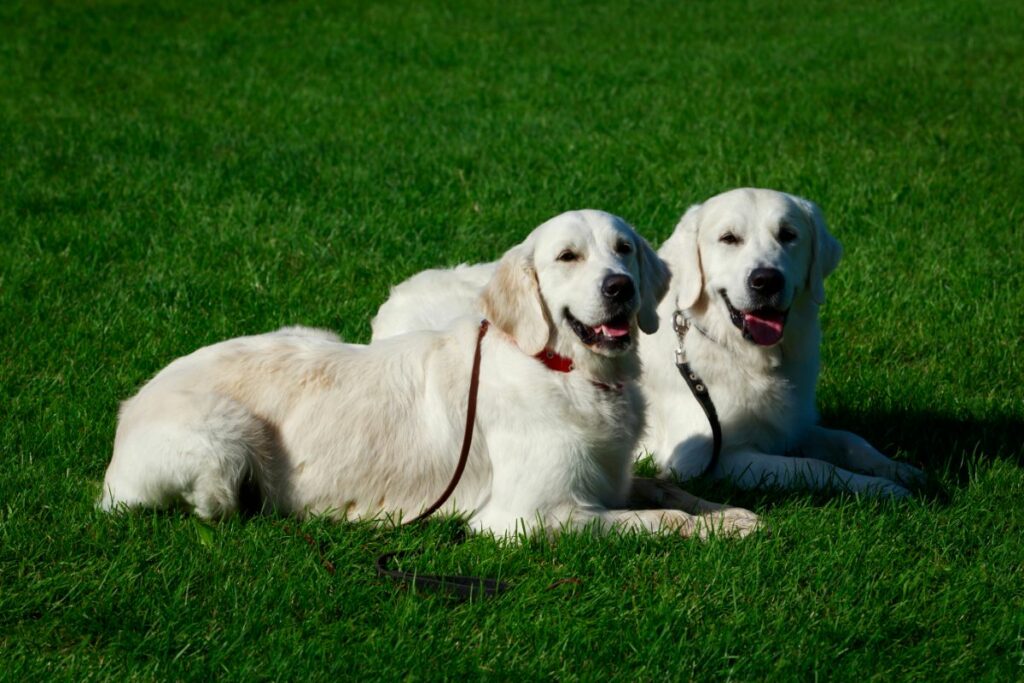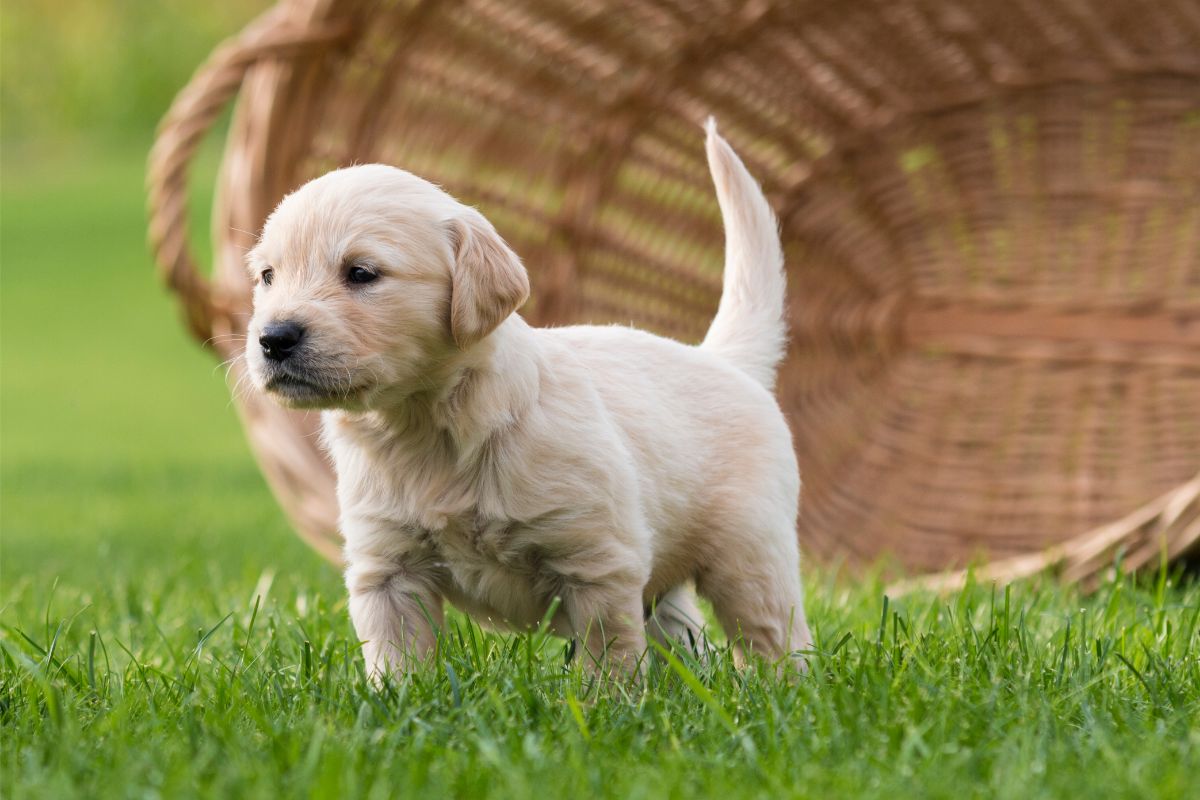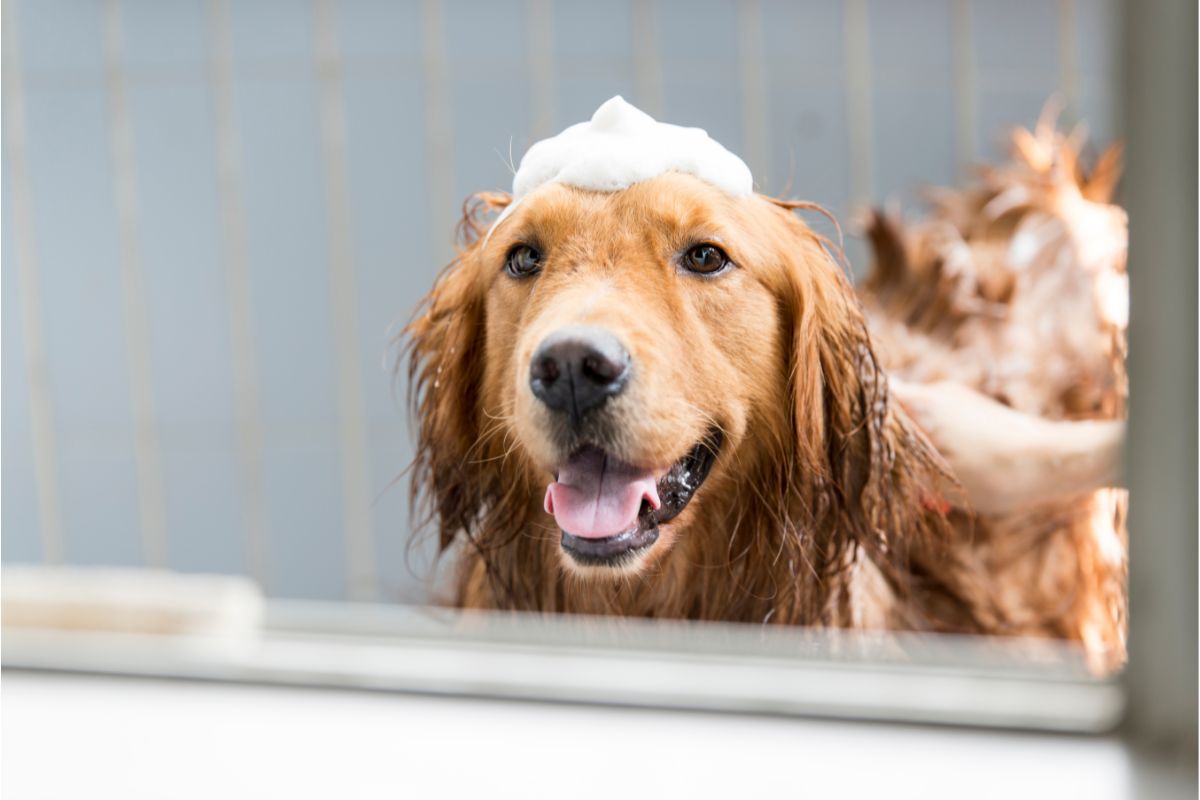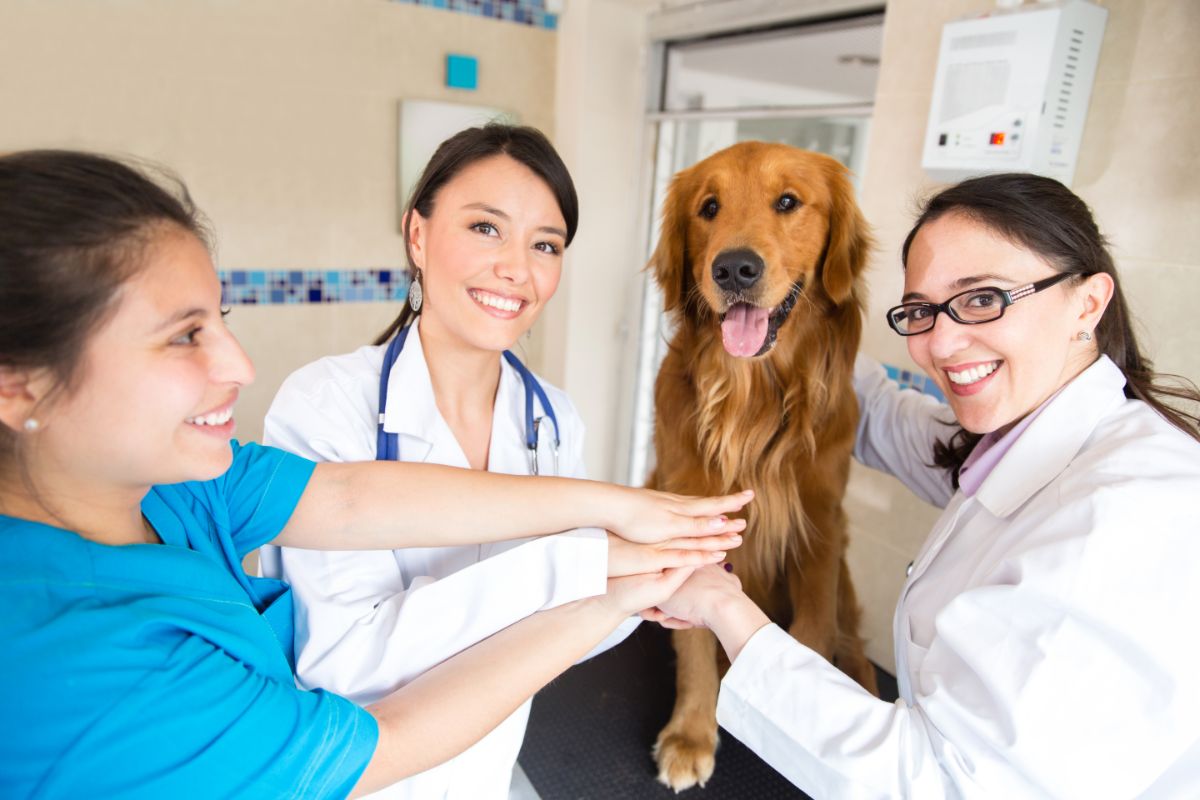Slip mating is a term you might come across in the world of dog breeding.
It’s a specific breeding method that can be a little complex.
In this guide, I’ll talk about what slip mating is and its success rates and provide some practical tips and considerations for those involved in or curious about this breeding practice.

What Is Slip Mating?
Slip mating refers to a scenario where the male and female dogs engage in mating without forming a copulatory tie.
This tie, a typical phenomenon in canine mating, involves the swelling of the male’s penis inside the female, ensuring effective sperm transfer.
However, in slip mating, the male disengages before this tie occurs.
The absence of a tie leads to uncertainties about the efficacy of sperm transfer and subsequent fertilization.
To understand slip mating, a deep dive into the canine estrous cycle is essential.
The cycle includes four stages: proestrus, estrus, diestrus, and anestrus.
The estrus stage, characterized by the female’s receptiveness to mating, is crucial for timing both traditional and slip mating.
Recognizing and utilizing this period is vital in maximizing the chances of successful fertilization in slip mating.
How Successful Is Slip Mating?
The success of slip mating often sparks debate among breeders.
Traditionally, the presence of a tie is seen as a more reliable indicator of successful mating.
However, slip mating, despite lacking this physical confirmation, can lead to successful pregnancies. Its success hinges on several factors:
- Timing in the Female’s Cycle: Conception is most likely when slip mating occurs at the peak of the estrus phase.
- Fertility of the Dogs: The health and fertility status of both the male and female are crucial. Regular health checks and breeding history assessments can provide insights into their reproductive capabilities.
- Experience and Behavior of the Dogs: The mating behaviors and experience of the dogs involved can influence the success rate. Experienced dogs might navigate the process more efficiently.
Though potentially less successful than traditional mating, slip mating remains a feasible option under the right conditions and with proper management.
Best Practices For Slip Mating
When considering slip mating, adhering to best practices can significantly increase the chances of success:
- Veterinary Consultation: Before attempting slip mating, a thorough veterinary assessment of both dogs is advisable. This includes evaluating their general health, reproductive health, and any potential hereditary conditions.
- Monitoring the Heat Cycle: Close observation of the female’s cycle is paramount. This involves tracking physical signs like vulvar swelling and changes in behavior, as well as potentially using veterinary tests like progesterone testing to pinpoint the optimal mating time.
- Creating a Conducive Environment: A calm and stress-free environment can positively influence the mating process. Minimizing distractions and ensuring both dogs are comfortable can facilitate a more successful mating attempt.
- Consider Multiple Mating Attempts: To enhance the likelihood of conception, some breeders recommend multiple mating sessions over the female’s fertile period.
Potential Challenges And Solutions
Slip mating comes with its own set of challenges, primarily related to its unpredictability and timing. Addressing these challenges requires a strategic approach:
- Confirming Pregnancy: The absence of a tie-in slip mating means that confirmation of pregnancy isn’t immediate. Regular veterinary check-ups post-mating can help ascertain if the female dog has conceived. Utilizing ultrasound or hormone tests is a common method for pregnancy confirmation.
- Detailed Record Keeping: Maintaining meticulous records of the female dog’s heat cycle, mating dates, and any observed changes in behavior or physical condition can be invaluable. This information assists in making informed decisions for future breeding attempts.
- Expert Consultation: Seeking advice from experienced breeders or canine reproductive specialists can provide practical solutions to common challenges. They can offer insights into timing, dog behavior management, and health considerations specific to slip mating.

The Role Of Genetics And Health In Slip Mating
In addition to timing and mating practices, genetics and overall health play crucial roles in the success of slip mating.
Ensuring both dogs have strong genetic lines, free from hereditary diseases, is essential.
Regular health screenings, vaccinations, and maintaining optimal health conditions for both dogs increase the likelihood of a successful outcome.
A holistic approach to the dogs’ health, encompassing diet, exercise, and mental well-being, is also vital.
How To Prevent Slip Mating In Dogs
While understanding slip mating is important for those who wish to utilize this method, it’s equally crucial for breeders to know how to prevent it, particularly when aiming for traditional mating practices.
Preventing slip mating involves several key strategies:
- Close Supervision: Mating should be closely monitored. This allows the breeder to intervene if the dogs disengage prematurely, potentially facilitating a successful tie.
- Understanding Dog Behavior: Recognizing the signs of readiness to mate in both dogs can prevent premature disengagement. If either dog seems hesitant or uncomfortable, it might be wise to postpone the mating attempt.
- Consulting with a Veterinarian: If slip mating is a recurring issue, consulting a veterinarian can help. They can provide advice on optimal mating times and assess if there are any underlying health or behavioral issues contributing to the problem.
- Training and Conditioning: For experienced breeding dogs, conditioning and training can help in achieving the desired mating behavior. This might include familiarizing the dogs with each other before mating and creating a calm, distraction-free environment.
Incorporating these strategies can help breeders ensure more controlled and predictable mating sessions, reducing the likelihood of unintentional slip mating.
Further reading: Golden Retriever Pregnancy Guide
The Final Woof
Slip mating, while less conventional than traditional mating, offers an alternative approach to dog breeding.
Its success depends on multiple factors, including precise timing, dog health, and breeder expertise. While it presents unique challenges, with informed strategies and careful management, slip mating can be a viable and successful breeding method.
Ultimately, the priority in any breeding endeavor should be the health and welfare of the dogs involved.
By adopting a responsible, informed approach, breeders can navigate the complexities of slip mating to achieve positive outcomes.








